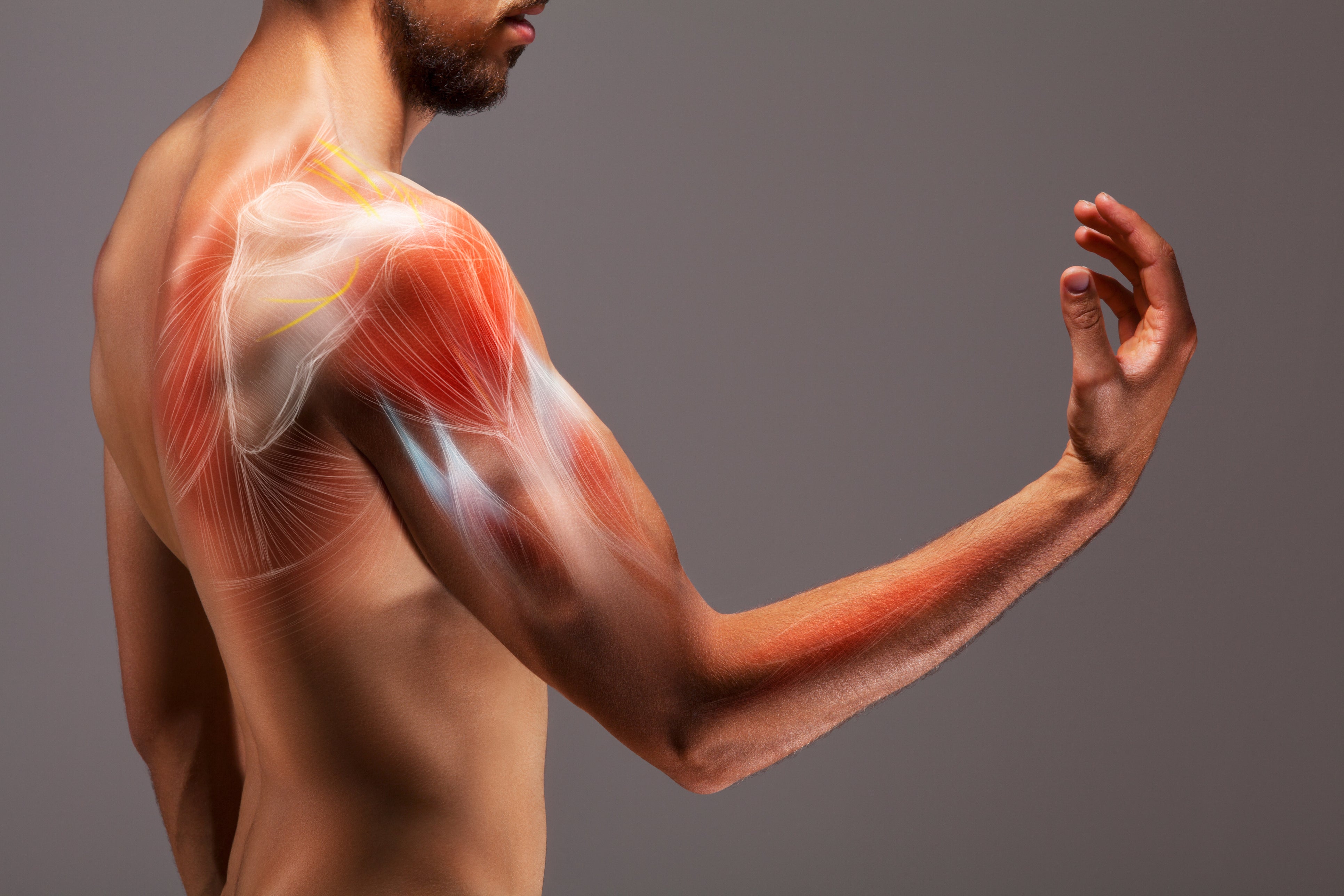How do muscles work, and how do we hear sound waves?
We explore some of the curious questions that science can answer

How do muscles work?
The mechanism that allows muscles to move is very complicated. Basically, each muscle is made up lots of fibres, each of which contains lots of individual cells, all long and thin. Each cell is in turn a collection of tiny, long fibres lying next to each other.
These fibres are of two types.
One type has bits sticking out of it, along its whole length, which look a bit like the oars of a longboat. The other is basically smooth, but with regular pits. When the muscle is still, the “oars” rest inside the “pits”. When a nerve signal passes from the brain to, for instance, the arm, to reach up and scratch your nose, chemicals are released at the nerve ending and set off a complicated chain reaction inside the muscle. The end result is that the “oars” in one set of fibres move up and push into the next set of “pits”, causing the muscle to contract.
Does eating fish make you brainy?
Possibly. There is some evidence that nutrients that are found at high levels in oily fish are important in brain development. The brain is rich in docosahexaenoic acid (DHA), a fatty acid that the body can produce but not very efficiently. The best source for DHA is diet. It is found in meat and eggs and in particularly high levels in fish. Oily fish (mackerel, sardines, herring, tuna) are very high in DHA, whereas white fish (cod, plaice, monkfish) have high levels of DHA only in their livers.
It has been reported that DHA improves eyesight, circulation and skin and that it can alleviate rheumatoid arthritis. There is also evidence to suggest that it increases learning ability and visual awareness. Rats fed on DHA-rich diets learn to escape from mazes more quickly than those deprived of it; experiments on primates revealed similar results.
Research also shows that premature babies fed on their mothers’ milk, which contains DHA, have a higher IQ, visual acuity and dexterity than those fed on formula milk substitute, which doesn’t contain it.
It seems that the intelligence-enhancing activities of a DHA-rich diet occur only between the fourth month of pregnancy and the ninth month after birth, during the development of the brain. It seems to be your mother’s diet that has the strongest effect on your intelligence, not what you eat yourself.
Porters in Nepal carry heavy weights suspended from their heads, whereas westerners tend to carry such weights suspended from their shoulders, in rucksacks. Which is the better method?
Most rucksacks, or at least the larger ones, have waist straps to take most of the weight. In a well-fitting rucksack, most weight will be taken on the hips, with the shoulder straps just used for balance.
It is thought that this is better for you than using straps around the head, which put an enormous strain on your neck and back vertebrae – not the strongest parts of your skeleton. Your hips, on the other hand, as long as the load is spread evenly, can take quite a lot of weight before being damaged.
How do we hear sound waves?
The outer ear collects sounds that have been carried as pressure waves in the air. These waves make the eardrum (or tympanum) vibrate. Three small bones connected to the eardrum, called the ossicles, amplify the vibrations and pass them on to the cochlea.
The cochlea looks like a snail and is filled with liquid and lined by super-sensitive hairs. When vibrations hit the cochlea, the liquid inside starts to move, causing some of the hairs to sway. The movement of the hairs activates nerves attached to their bases, sending electrical signals to the brain where they are decoded into voice patterns, music and so on.






Join our commenting forum
Join thought-provoking conversations, follow other Independent readers and see their replies
Comments